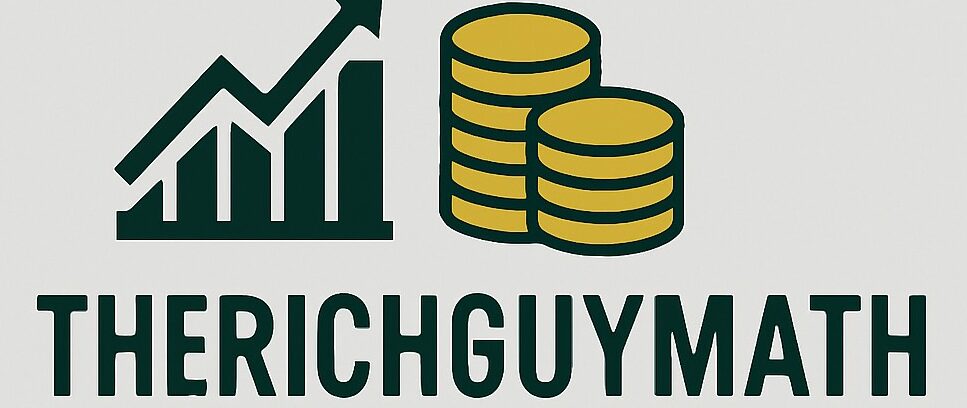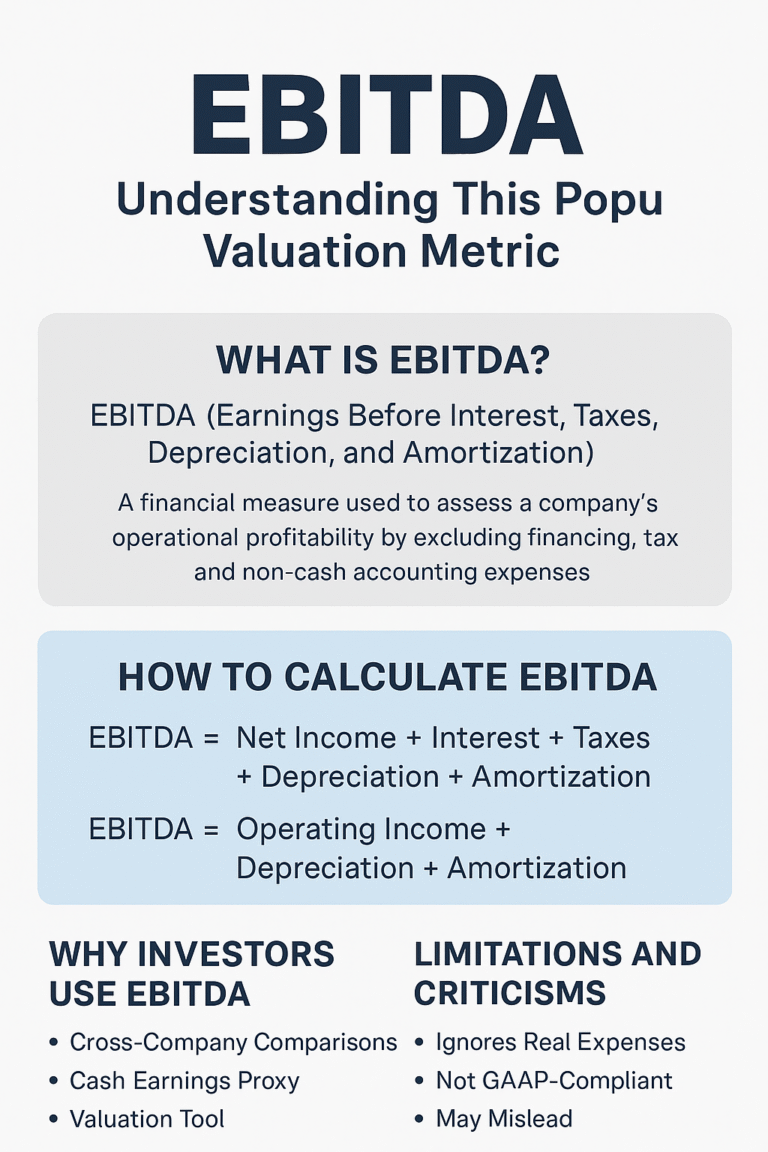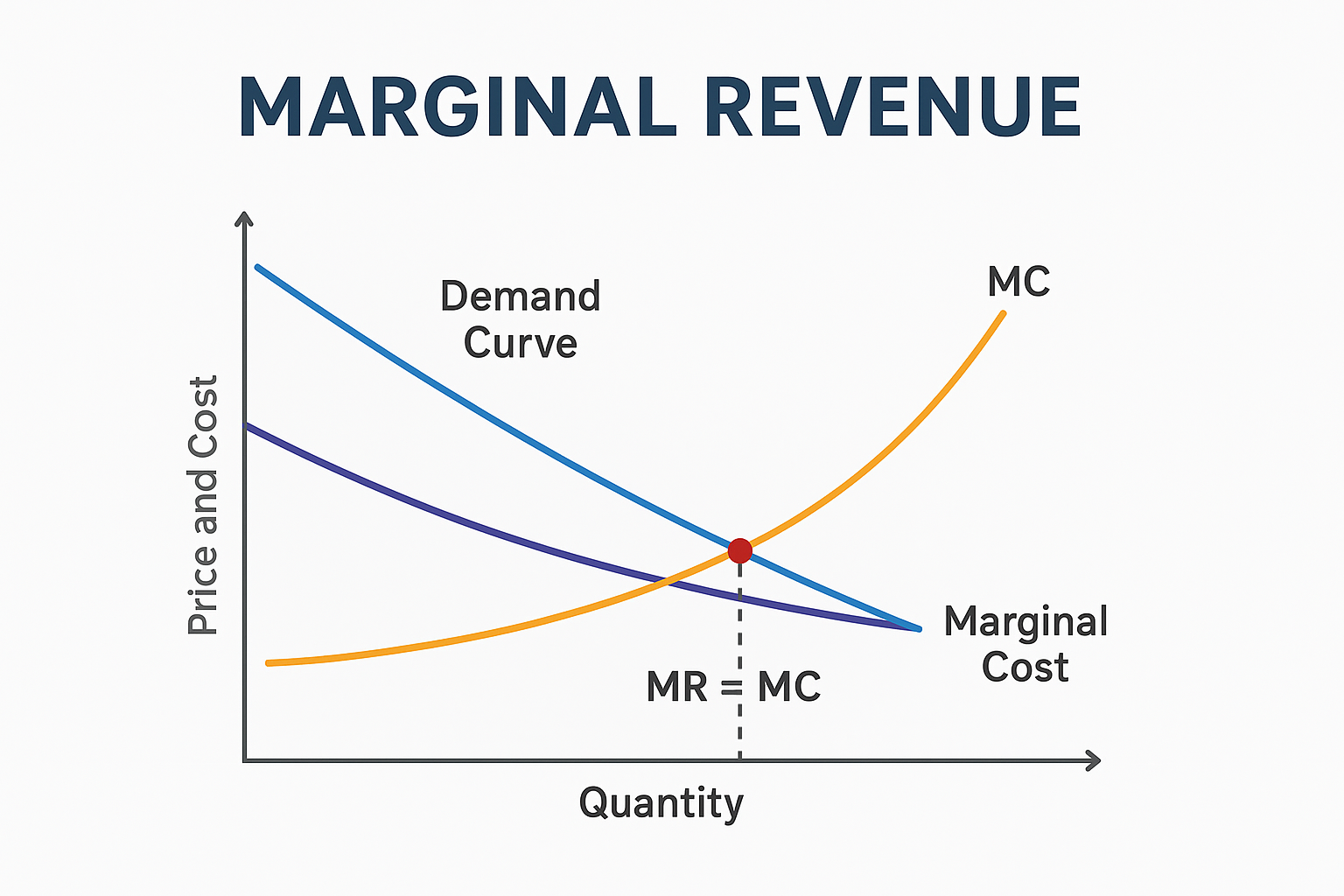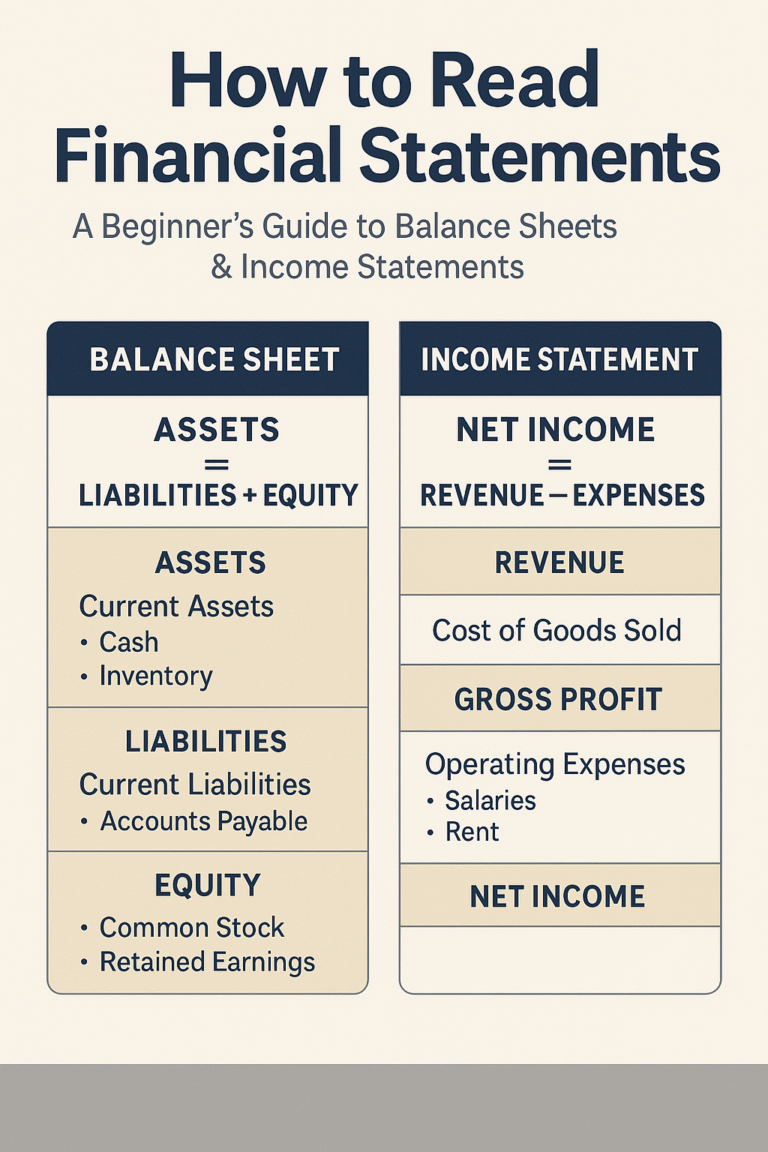The difference between an income statement and a balance sheet comes down to time and focus. An income statement shows how much profit a company made over a specific period by detailing revenues, expenses, and net income. A balance sheet provides a snapshot of the company’s financial position at one moment in time, listing what it owns (assets), what it owes (liabilities), and what’s left over for owners (equity). Income Statement vs. Balance Sheet
Understanding both is essential, because knowing a business made a profit doesn’t mean it’s financially healthy, and having a strong asset base doesn’t guarantee profitability.
What Is an Income Statement?
The income statement, also called a profit and loss (P&L) statement, measures profitability over a set period; usually monthly, quarterly, or annually. It answers:
“How much money did we make (or lose) during this time?”
Key Components
- Revenue – Total income from sales or services.
- Cost of Goods Sold (COGS) – Direct costs of producing goods or services.
- Gross Profit – Revenue minus COGS.
- Operating Expenses – Costs like salaries, rent, utilities, and marketing.
- Operating Income – Profit before interest and taxes.
- Net Income – Final profit after all expenses, taxes, and interest.
Example:
If The Rich Guy Math Café made $50,000 in sales last month, spent $20,000 on ingredients and $15,000 on rent, wages, and utilities, the income statement might show:
| Item | Amount |
|---|---|
| Sales Revenue | $50,000 |
| COGS | $20,000 |
| Gross Profit | $30,000 |
| Operating Expenses | $15,000 |
| Net Income | $15,000 |
What Is a Balance Sheet?
The balance sheet is a financial snapshot at a single point in time. It follows the accounting equation:
Assets = Liabilities + Equity
This means everything the company owns is funded either by debt (liabilities) or by owner investment/retained earnings (equity).
Key Sections
- Assets – Resources the company owns:
- Current Assets: cash, accounts receivable, inventory.
- Non-Current Assets: property, equipment, investments.
- Liabilities – Debts the company owes:
- Current Liabilities: accounts payable, short-term loans.
- Non-Current Liabilities: long-term loans, bonds payable.
- Equity – Owner’s claim after debts are paid:
- Common stock, retained earnings.
Example:
The Rich Guy Math Café balance sheet on Dec 31 might look like:
| Assets | Amount | Liabilities & Equity | Amount |
|---|---|---|---|
| Cash | $10,000 | Accounts Payable | $5,000 |
| Inventory | $4,000 | Short-term Loan | $3,000 |
| Equipment | $15,000 | Long-term Loan | $7,000 |
| Owner’s Equity | $14,000 | ||
| Total Assets | $29,000 | Total Liab + Equity | $29,000 |
Income Statement vs. Balance Sheet Key Differences at a Glance
| Feature | Income Statement | Balance Sheet |
|---|---|---|
| Time Frame | Over a period (month, quarter, year) | At a single point in time |
| Purpose | Shows profitability | Shows financial position |
| Measures | Revenues, expenses, net income | Assets, liabilities, equity |
| Use Case | Evaluate performance | Evaluate liquidity, solvency |
| Format | Flow of transactions | Snapshot of balances |
How They Are Connected
Here’s where it gets interesting:
- The net income from the income statement flows into the retained earnings section of the balance sheet’s equity.
- That means profitability directly affects a company’s net worth over time.
Flow:
Income Statement → Net Income → Retained Earnings → Balance Sheet
Why Both Matter for Stakeholders
- Investors use the income statement to check profitability trends and the balance sheet to see if the company has a strong foundation.
- Lenders want to know both: income for repayment ability, and the balance sheet for collateral.
- Business owners need both to make informed decisions about spending, investment, and growth.
Common Mistakes to Avoid
- Assuming profit equals cash – Profit on the income statement doesn’t mean the company has that much in the bank.
- Ignoring timing differences – The balance sheet may look strong, but liabilities due soon can cause cash flow trouble.
- Looking at one without the other – Profitability without stability, or stability without profit, is risky.
Practical Tips for Analyzing Income Statement vs. Balance Sheet
- From the Income Statement:
- Profit Margin = Net Income ÷ Revenue
- Operating Margin = Operating Income ÷ Revenue
- From the Balance Sheet:
- Current Ratio = Current Assets ÷ Current Liabilities (liquidity check)
- Debt-to-Equity Ratio = Total Liabilities ÷ Total Equity (financial leverage check)
Example: If The Rich Guy Math Café has $10,000 in current assets and $5,000 in current liabilities, the current ratio is 2.0, meaning it has $2 in short-term assets for every $1 owed.
Conclusion
The income statement tells the story of performance over time, while the balance sheet gives a snapshot of financial health. Used together, they give the full picture—helping investors, lenders, and business owners make smarter decisions.
Pro Tip: Always review them together with the cash flow statement for a complete understanding of financial health.
Source References:






